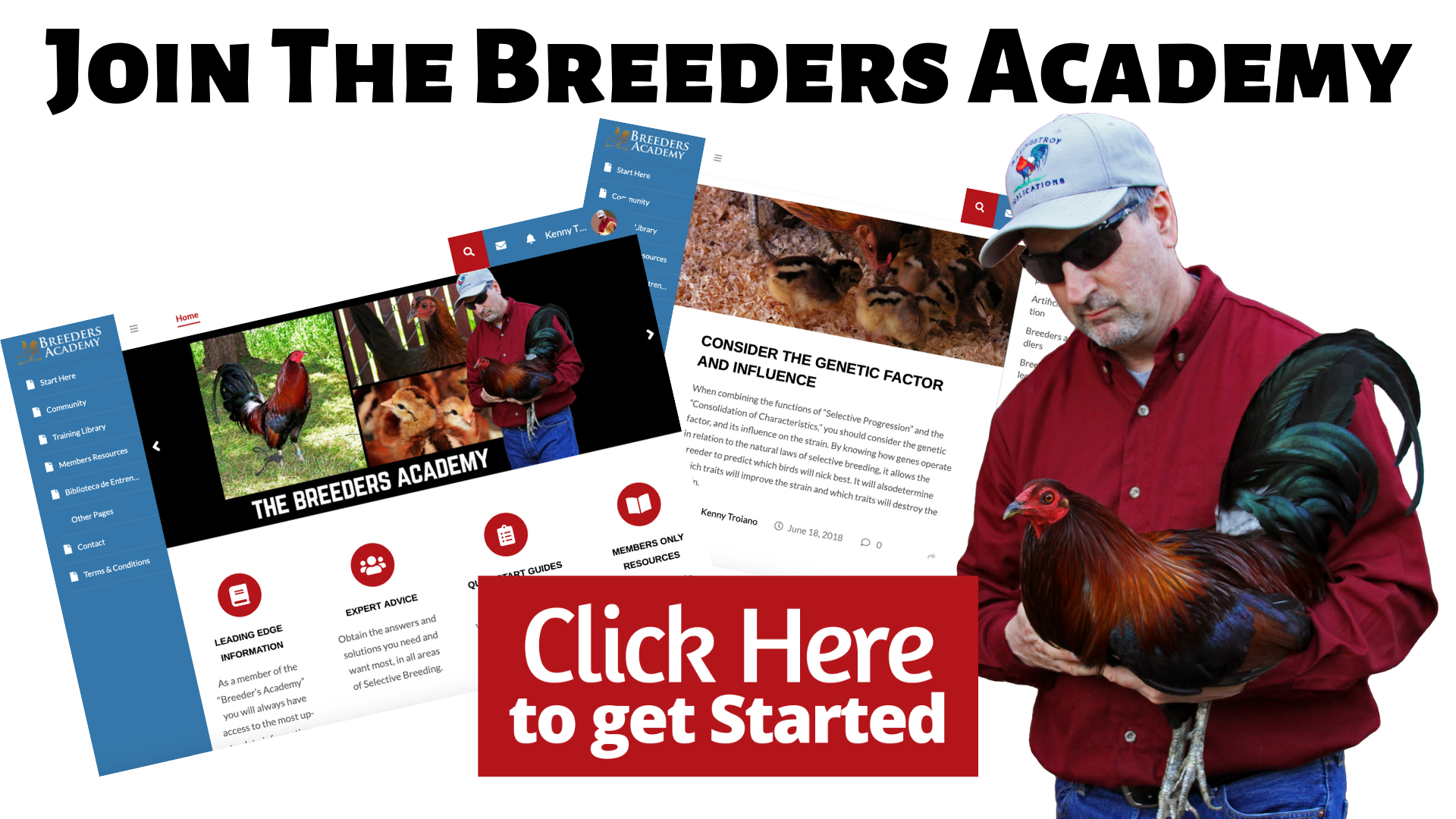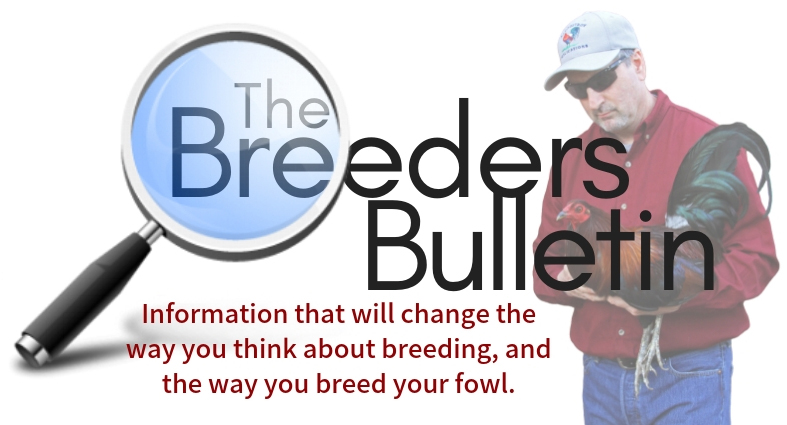Today we are talking with Don Schrider, who was instrumental in bringing back the Buckeye Chicken. A very special breed, that is not only an American Breed, but was created by a woman, Nettie Metcalf, from Ohio, in the early 1900’s.
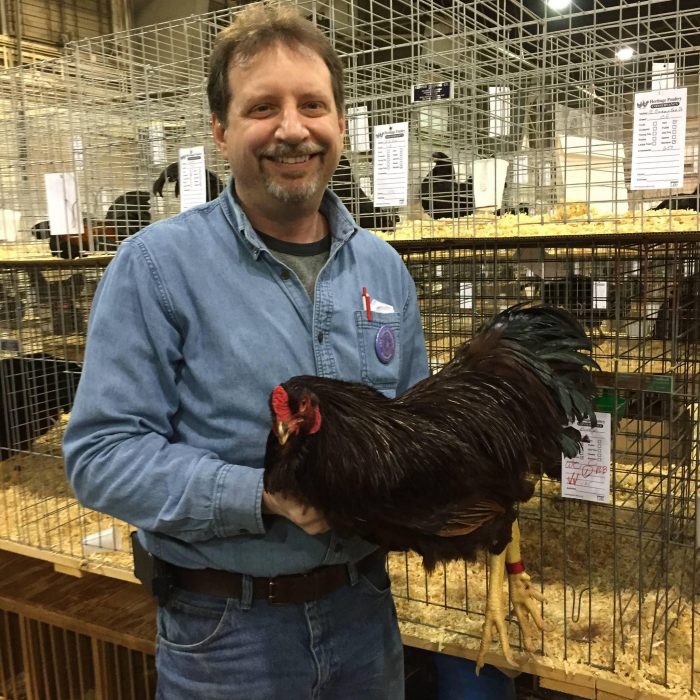
- Don and us talk about the history of the Buckeye Breed.
- And why Nettie Metcalf wanted to breed and create a more active breed of fowl.
- We learn about the various breeds that were used to create the Buckeyes, and you may be surprised to learn that it includes Games.
- Many of you Buckeye Breeders may find it interesting why you tend to see single combs in a breed that should be pea combed.
- We talk about the competition between Buckeyes and the Rhode Island Reds, that is still in existence today.
- He then goes into how he was connected to the breed at an early age.
- Don takes us through “why and how” The Livestock Breeds Conservancy group decided to take on the “Buckeye Project,” and the method that they used to restore the breed. (I believe it’s now called The Livestock Conservancy).
- We learn a lot about the Buckeye Breed, and how to breed them. And, Don shows us, step by step, the process they used to select and breed them, which I believe can be used to breed and improve any breed of chicken.
- Don also talks about how the buckeyes did in the show ring (exhibition), and the funny part was, most exhibitors, including breeders of Ohio, which the buckeyes originated, did not know that the buckeye breed existed or where they came from.
- Don also talks about what is needed to keep the breed alive and relevant for the future of the breed.
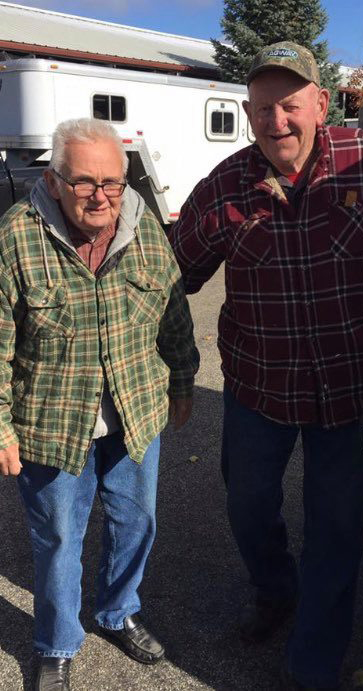
I received stock from both of their lines and Dennis Pearce of Washington state to start and Mr Brown of Lucasville Ohio later. Mr Urch deserves particular attention for keeping the Buckeye alive for many decades.
Don also talks about breeds, such as the:
- American Domineques
- Leghorns
- Jersey Giants
You can learn more about the Buckeye Project through one of the breeders of the project, Aaron Baker. In fact, Aaron was on our show (#28). (Link show page). He is also a Member of the Breeders Academy
Special Links:
If you go to The Livestock Conservancy Website, you will learn what represents a heritage breed. https://livestockconservancy.org/index.php/heritage/internal/heritage-chicken
https://livestockconservancy.org
http://livestockconservancy.org/index.php/heritage/internal/buckeye-chicken
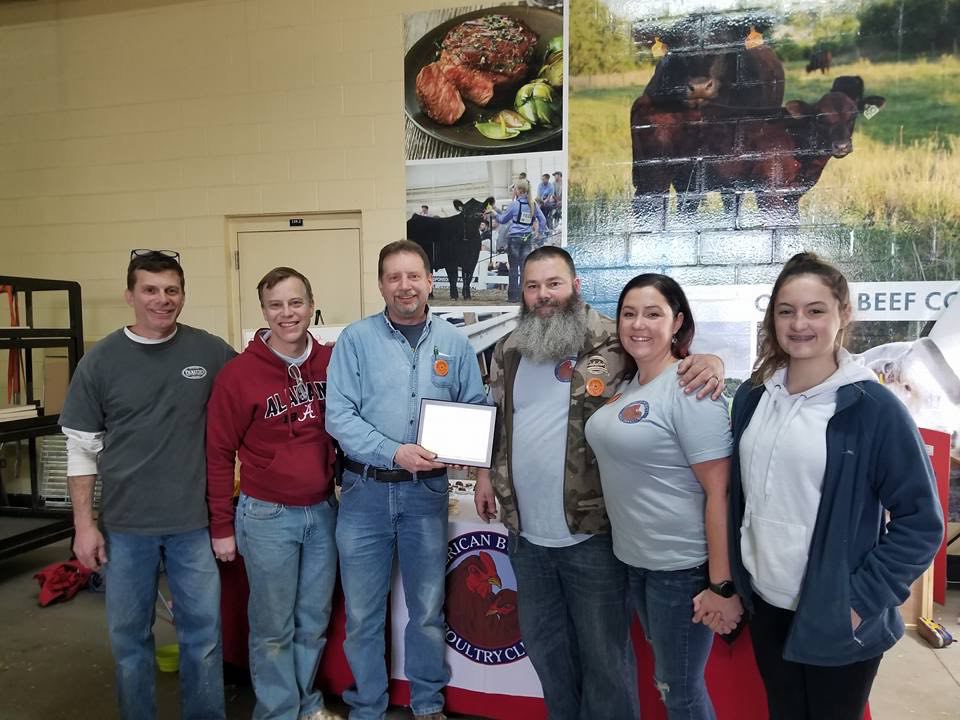
Here is the link to the “HERITAGE CHICKEN MANUAL” Don Schrider was talking about
https://livestockconservancy.org/index.php/heritage/internal/chicken-manual
This is a Chicken Assessment for Improving Productivity
This outline for selecting desirable production traits in chickens was developed as part of a Livestock Conservancy pilot project to recover breed production characteristics of endangered poultry. These guidelines are from well-established parameters developed by “old school” poultrymen, as documented in some of the early to mid-20th century poultry texts. This once commonplace knowledge and practice has become unknown to most modern chicken farmers due to the ready availability of chicks that can be purchased from large hatcheries.
The Livestock Conservancy offers this information for free download in an effort to support small-scale poultry keepin
- Chapter 1. Selecting for Meat Qualities and Rate of Growth (PDF, 470K)
- Chapter 2. Selecting for Egg Production (PDF, 344K)
- Chapter 3. Ongoing Selection of Breeding Stock (PDF, 291K)
Additional useful forms:
- Toe Punch Chart (PDF, 169K)
- Chick Assessment Form (PDF, 15K)
- Breeder Qualification Form (PDF, 20K)
- Satellite Consignment Agreement (PDF, 35K)
- Breeder/Hatchery Agreement (PDF, 32K)
- The Livestock Conservancy Chicken Breed Comparison Sheet (PDF, 40KB)
Youtube Video of Buckeyes:
THE BUCKEYE CHICKENS
Information From “The Livestock Conservancy” website http://livestockconservancy.org/index.php/heritage/internal/buckeye-chicken
The Buckeye is a dual-purpose breed of chicken with a deep, lustrous red color of plumage. They have yellow legs and skin, and, thanks to their pea comb, are very cold-weather hardy. While Buckeyes adapt readily to a variety of living conditions, they do best under free-range conditions or conditions where they have room to move around. Because of their active nature they do not do especially well in small confined spaces. Roosters weigh approximately nine pounds; hens weigh approximately six and a half pounds and lay medium-sized, brown eggs.
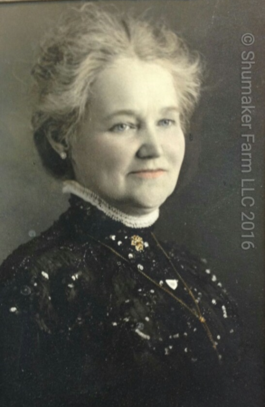
Buckeyes were developed by Mrs. Nettie Metcalf of Warren, Ohio, and appropriately named after the “Buckeye State.” Buckeyes are unique in the American Class of chickens in that it is the only breed created entirely by a woman. Mrs. Metcalf started by breeding a Buff Cochin male to Barred Plymouth Rock females. This produced what she considered a large, lazy fowl. The next year she purchased a Black-Breasted Red Game male and crossed this male over the half cochin pullets. This cross produced several red offspring and from there she developed the breed. It is interesting to note that her creation predated the introduction of Rhode Island Reds into the midwest.
In 1896 she learned that her idea of red fowls was not new and that a very popular eastern breed had been developed, the Rhode Island Red. After corresponding with several Rhode Island Red breeders, she decided to call her breed Pea Combed Rhode Island Reds (she even traded stock with several of these breeders). Rather than helping to promote her new breed, she found that calling them Pea Combed Rhode Island Reds was in fact limiting its popularity. So in 1902 she exhibited a pair in the Cleveland, Ohio poultry show as Buckeyes. Within a few years Pea Combed Rhode Island Reds began to disappear.
The Buckeye should not be confused with the Rhode Island Red, even though they share some history. Buckeyes are unique in their body shape: slanted, short but broad back, very meaty thighs, powerful wings and breast. They appear very close to the Cornish, as bred in 1905, in body shape. (It should be noted that the originator indicated that she did not use Cornish in their breeding; the Cornish body shape was simply her goal.) In color the Buckeye is also unique. The color of the Buckeye is darker than that of the original Rhode Island Red (later, the Rhode Island Red was bred for a shade of color even darker than the Buckeye). The Buckeye also has a slate colored bar in the undercolor (fluff) of its back; the Rhode Island Red’s feathers should be red to the skin. Both breeds share the trait of tight feathering – unique in the American Class of poultry.
Buckeyes also have a personality all their own. They are a very active fowl and are noted for being especially vigilant in the pursuit of mice, some breeders comparing them to cats in regard to this ability. They tend to have very little fear of humans and are possibly too friendly. In fact, some males may show a little aggression during breeding season. They also seem to lack the tendency to feather-pick each other (this is a trait worthy of further exploration). The males emit a full range of sounds beyond those typical of many other chicken breeds, including a dinosaur-like roar!
Breed Facts:
- Status: Watch
- Use: Meat, Eggs
- Egg Color: Brown
- Egg Size: Large
- Market Weight: 5.5 – 8lbs
- Temperament: Active, Gentle
- Characteristics: On Slow Food Ark of Taste
